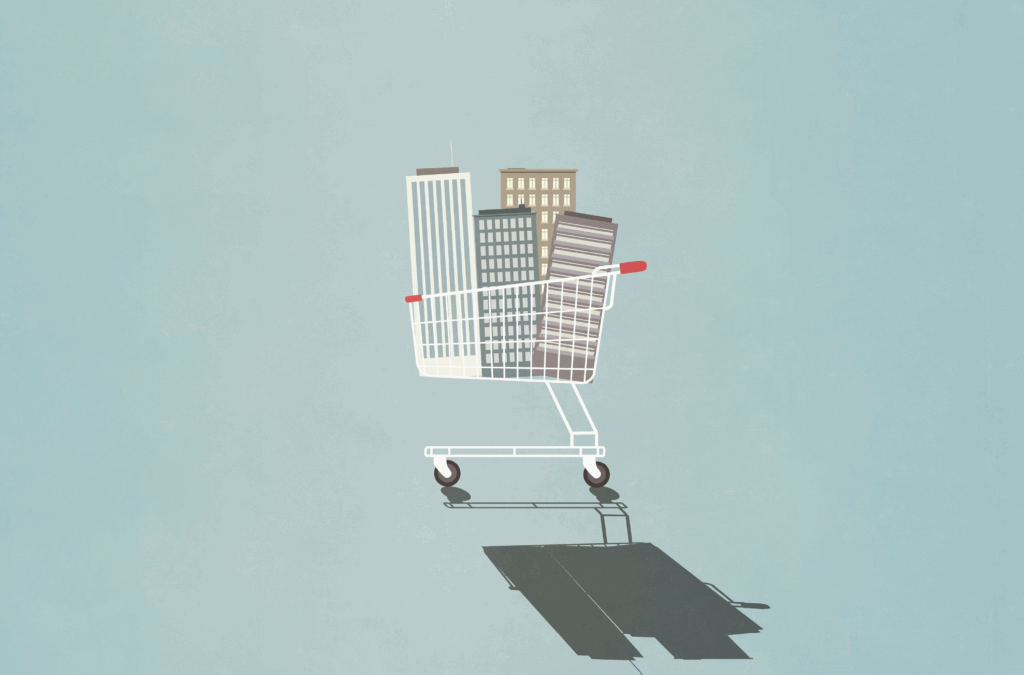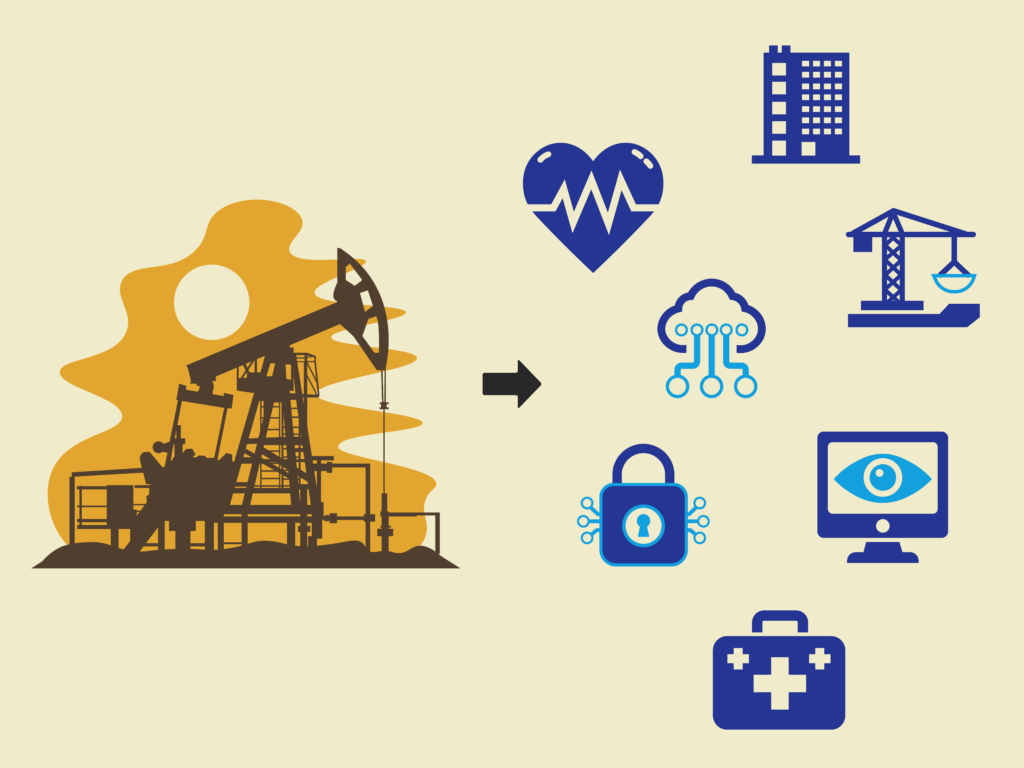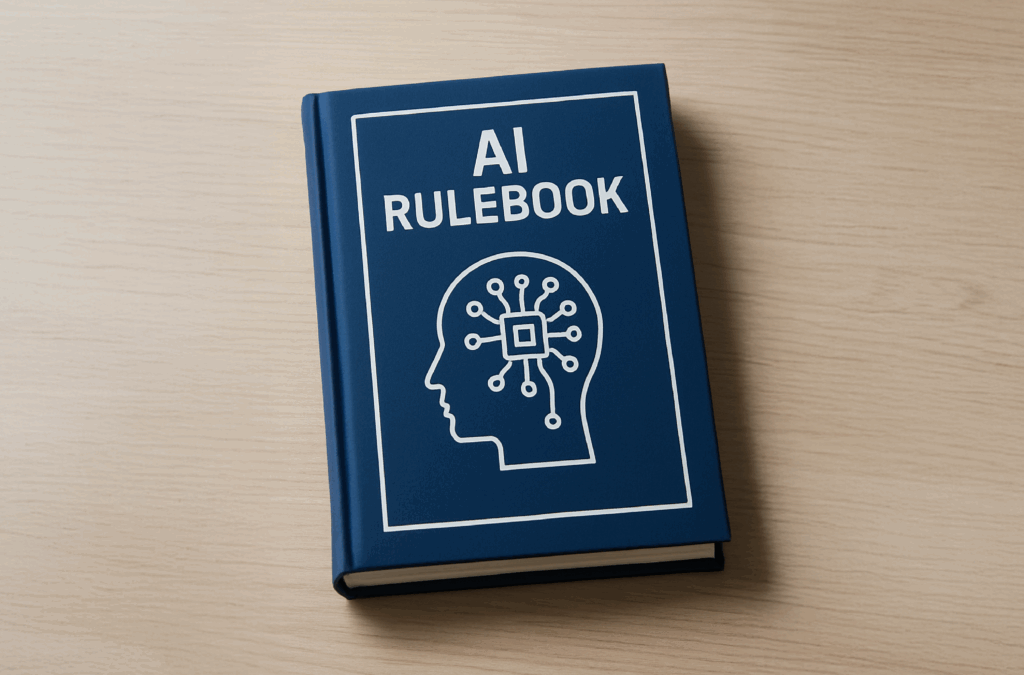
Resilient by Design

It is no revelation to anyone reading this that we are in a time of deep transformation in how we conduct business and, frankly, live our lives.
Under the auspices of organizational sustainability and economic viability, organizations are preparing for changing political headwinds, fiscal austerity in which they must again “do more with less,” and an overall social malaise that many are calling diversity fatigue. In this environment, diversity, equity, and inclusion (DEI) programming is at its least favorable point since spring 2020.
It’s not just DEI at risk. These days we hear fewer expressions of the many forms of conscious capitalism that dominated our workplace conversations over the past several years—from employing empathetic leadership strategies to operationalizing vulnerability to holding grace for the life circumstances and cultural variations that contribute to misalignment and conflict.
This trend is troubling, as the entirety of DEI work is a core element of conscious capitalism (and for many organizations and DEI practitioners, a mechanism for justice and structural transformation). This pivot might explain why many organizations have so cavalierly cut entire diversity, equity, and inclusion departments rather than reform specific practices or programming to align more with today’s zeitgeist.
What DEI History Teaches US
But here’s the thing: DEI has been around in various iterations since the passage of the Civil Rights Act of 1964. Like all forms of social progress, it evolves to meet the challenges of its time and has withstood many waves of change. If the broader trend is a return to outdated business practices, we can still look to the past for valuable lessons on how to navigate and survive the present. From its inception as a mechanism to uphold civil rights in the workplace to a renewed youth-led interest in social justice, studying the evolution of DEI can help us better frame our approach today.
What was originally widely considered a not-particularly-exciting human resources function to keep organizations in compliance with civil rights legislation and directives from the Equal Employment Opportunity Commission in the ’60s and ’70s, DEI in the ’80s and ’90s expanded to include various practices that proved their worth in business. Cultural competency became a catalyst for thriving in markets across the globe, synergistic ideation development that thrived on diverse perspectives, and workplace inclusion (and eventually, psychological safety)—all of which became necessary drivers of innovation and growth.
The business case for diversity was born—an evidence-based approach to embedding DEI practices more deeply across an organization.
And it worked—so much that diversity considerations entered into every aspect of organizational health, and we yearned for more. Starting from the ‘90s, DEI programming expanded to incorporate various identity categories, such as LGBTQIA+ inclusion, veteran recruitment, and accommodations for people with disabilities. DEI grew into a professional field, one so big that organizations required C-Suite executives to oversee programming, a role we now know as the chief diversity officer (CDO). CDOs became responsible for overseeing supplier diversity, diverse recruitment strategies, and synergizing new diverse workforces to produce innovative business practices, all without losing sight of the original compliance piece. It wasn’t confined to the United States, either. DEI offices came to manage existing multiculturalism initiatives across international teams. DEI grew for a reason: it was successful.
In the 2020s, the Black Lives Matter and #MeToo movements re-injected the necessary social justice element that had waned as the business case for DEI gained prominence. We again began to interrogate our own historical trajectory, go deeper to understand the root causes of our disparities and social ills, and develop new strategies to mitigate those injustices in our workplaces and beyond. While the concept of equity had been gaining momentum for some time, it rose to prominence in the last five years. Social advocacy once again encouraged us to engage in DEI practices because they are a social good, a necessary element in our fight for justice.
So here we are today. DEI remains a compliance safeguard, a driver of business growth, and a social justice imperative. Even in a shifting legal and political landscape, it is a sound social and economic investment. And while today’s environment demands vigilance, organizations can adapt their approaches to meet the moment. Social media is now full of think pieces, workshops, and podcasts that recommend how to practice DEI under the radar. But the truth remains: DEI is as essential as it ever was. These are but a few examples of its fundamental elements that have proven to endure and provide a high ROI over time.
DEI as a Compliance Imperative
The Civil Rights Act is still firmly in place, as are its legal requirements to prevent discrimination and bias. It’s essential that your DEI team collaborates closely with your human resources and legal teams to avoid legal risks. Anti-bias training emerged in the early days of DEI and remains a smart investment, for both fostering inclusive environments and managing risk. Anti-bias workshops have also evolved dramatically over the years, incorporating the latest developments in cognitive science to endure as an essential element of HR compliance.
DEI as a Business Strategy
When we focus too narrowly on compliance, we risk missing the full potential of DEI’s impact across business, innovation, and culture.
Organizational diversity remains a proven catalyst for innovation, resilience, and revenue growth. Consumer demand reflects the diversity of markets. The skills, knowledge, and histories of diverse teams bring a wide array of thought and lived experience, challenge groupthink, and are equipped to more deeply understand consumer needs in new markets.
But there’s a caveat. We’ve also learned that overemphasizing DEI’s business case—without centering humanity behind it—can alienate employees. When people feel their identities are only valued for their marketability, it risks damaging morale, trust, and engagement. To mitigate these sentiments, equal emphasis should be placed on employee value and workplace inclusion.
DEI as a Social Good
People seek out organizations that align with their values—companies that are not only doing well but doing good. We’ve seen recently that companies such as Target that retreat from DEI can face real reputational and performance risks, while companies like Costco benefit by demonstrating that values-driven leadership and financial performance can go hand in hand.
Additionally, risk management today must account not only for legal exposure, but also for public perception and brand integrity. That’s especially true in the age of social media, where performative or inconsistent DEI messaging can damage trust faster than ever. Consumers can easily differentiate between organizations that are truly committed to DEI and those for which it is just a marketing ploy.
Moving Forward
If your organization must shift how it talks about or practices DEI—due to political pressure, funding constraints, or strategic risk—do so thoughtfully, not reactively. Frame your efforts in ways that resonate with current realities, but I encourage you not to abandon the values at the heart of this work. We’ve seen the pitfalls of overcorrecting: when DEI is performative or stripped of its deeper purpose, it rings hollow to the public.
The path forward isn’t less diversity, equity, and inclusion. It’s to do it better and ensure DEI is more adaptive and simultaneously more grounded in both strategy and integrity. DEI practitioners are evolving their approaches to help organizations more deeply embed equity into organizational systems and workflows, making it far more difficult to dismantle. If nothing else, that alone speaks to their resilience, adaptability, and capacity for innovation.




